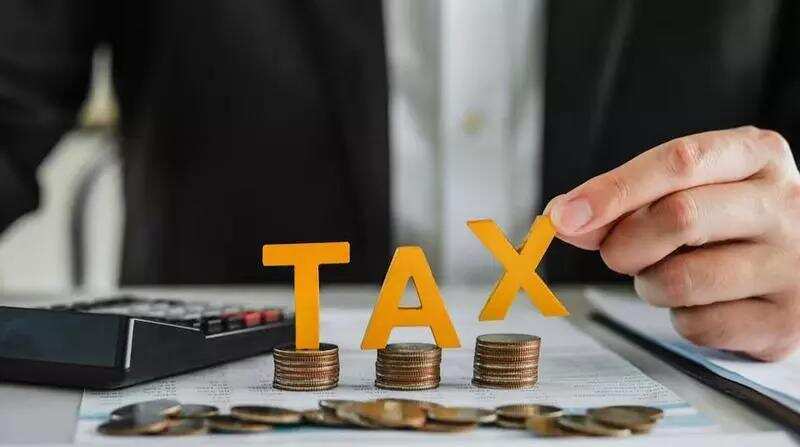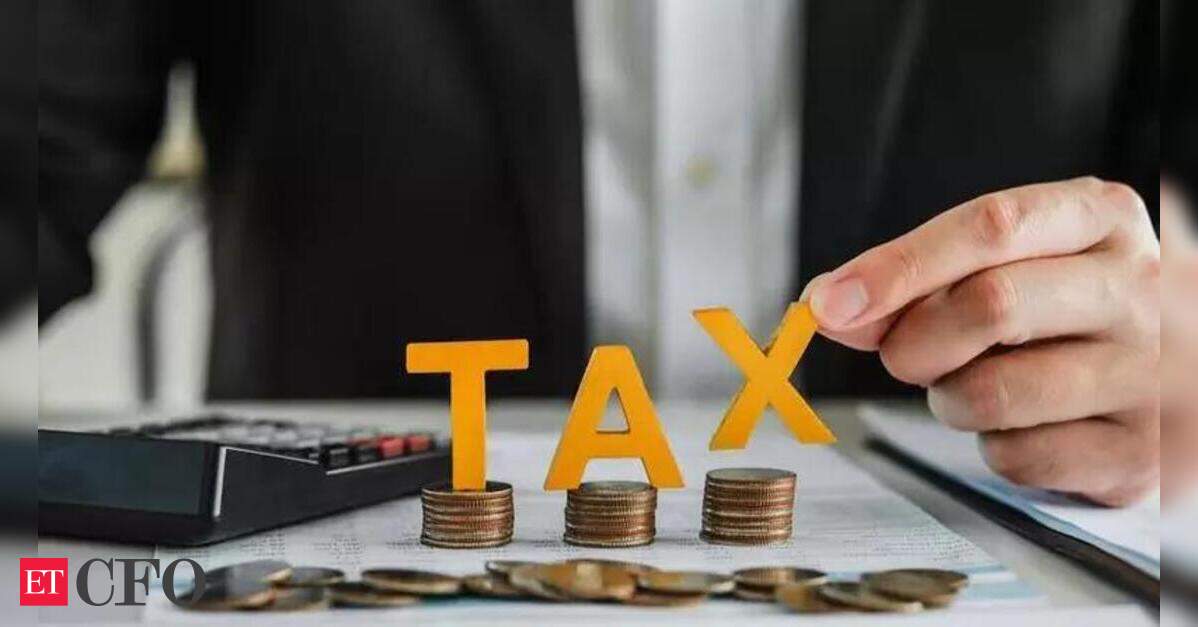
Eighteen of India’s largest states, which collectively account for over 90% of the country’s gross state domestic product (GSDP), are projected to post a modest uptick in revenue growth at 7-9% year-on-year in FY26, touching approximately Rs. 40 lakh crore.
This compares with 6.6% growth in the previous fiscal but remains below the decadal average of ~10%, according to a Crisil report.
The incremental improvement will be supported by steady goods and services tax (GST) collections, higher tax devolutions from the Centre, and a recovery in grant inflows.
Revenue Structure: Two Core Pillars
States generally draw their revenue from two primary streams- namely, the States’ Own Revenue (SOR), mainly comprising GST, liquor, and petroleum taxes. The second stream is through Central Transfers, including tax devolutions and grants
GST and Liquor Set to Drive Tax Growth
The report states that the ‘States’ own tax revenue’ (SOTR), a key subset of SOR, is expected to grow by ~8% in FY26.
GST revenues are forecast to grow 9–10%, driven by expected nominal GDP growth of ~9%, improved compliance, and continued formalisation of the economy.
Liquor taxes are also expected to rise 9–10%, underpinned by volume growth of 5–6% and higher excise duties.
Petroleum taxes, by contrast, will likely see a subdued ~2% increase, with no major changes in tax structure and consumption trends holding steady.
“GST collections remain the driver for states’ own taxes, though subdued consumption and inflation pose downside risks,” said Anuj Sethi, Senior Director, Crisil Ratings.
Central Transfers to Provide Additional Cushion
Tax devolutions from the Centre are projected to grow 11–12% in FY26, following a 14% rise in the previous fiscal. Stronger gross tax collections, especially from income tax and GST, will be the key driver.
Grants from the Centre are expected to recover, growing by 3–4%, reversing a 10% decline last year. This is attributed to higher allocations under centrally sponsored schemes and Finance Commission grants to urban and rural local bodies.
“While growth in states’ own taxes will remain moderate, revenue will continue to benefit from stronger central devolutions,” noted Aditya Jhaver, Director, Crisil Ratings.
Risks and Outlook
The outlook assumes a nominal GDP growth of ~9% for FY26. However, global headwinds, domestic consumption shifts, and inflationary pressures could affect revenue projections. At the same time, better-than-expected tax buoyancy and stronger central support may offer upside.
Experts underscore the importance of improving collection efficiency and expanding state-level revenue bases to ensure fiscal sustainability in the longer term.

























